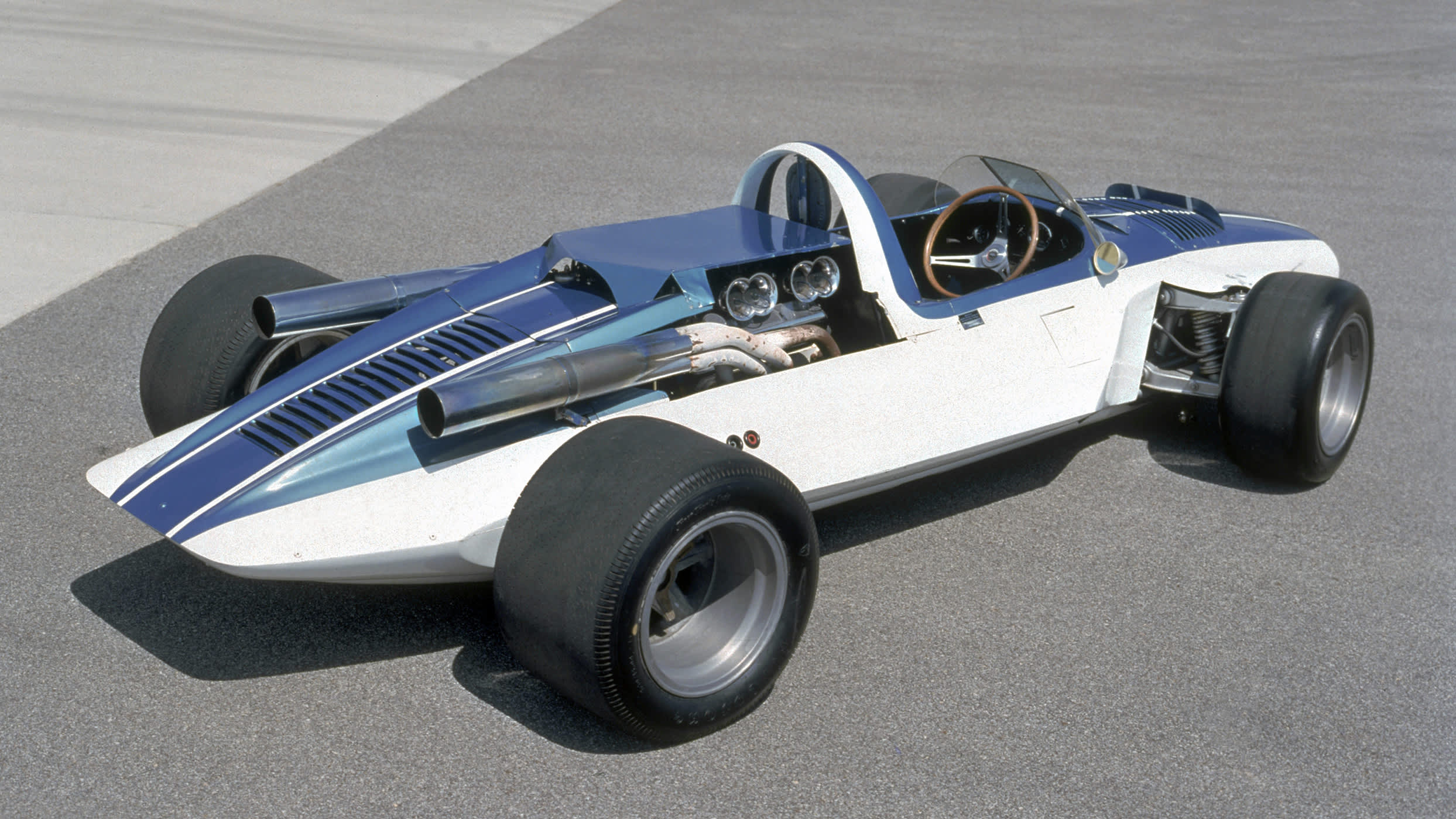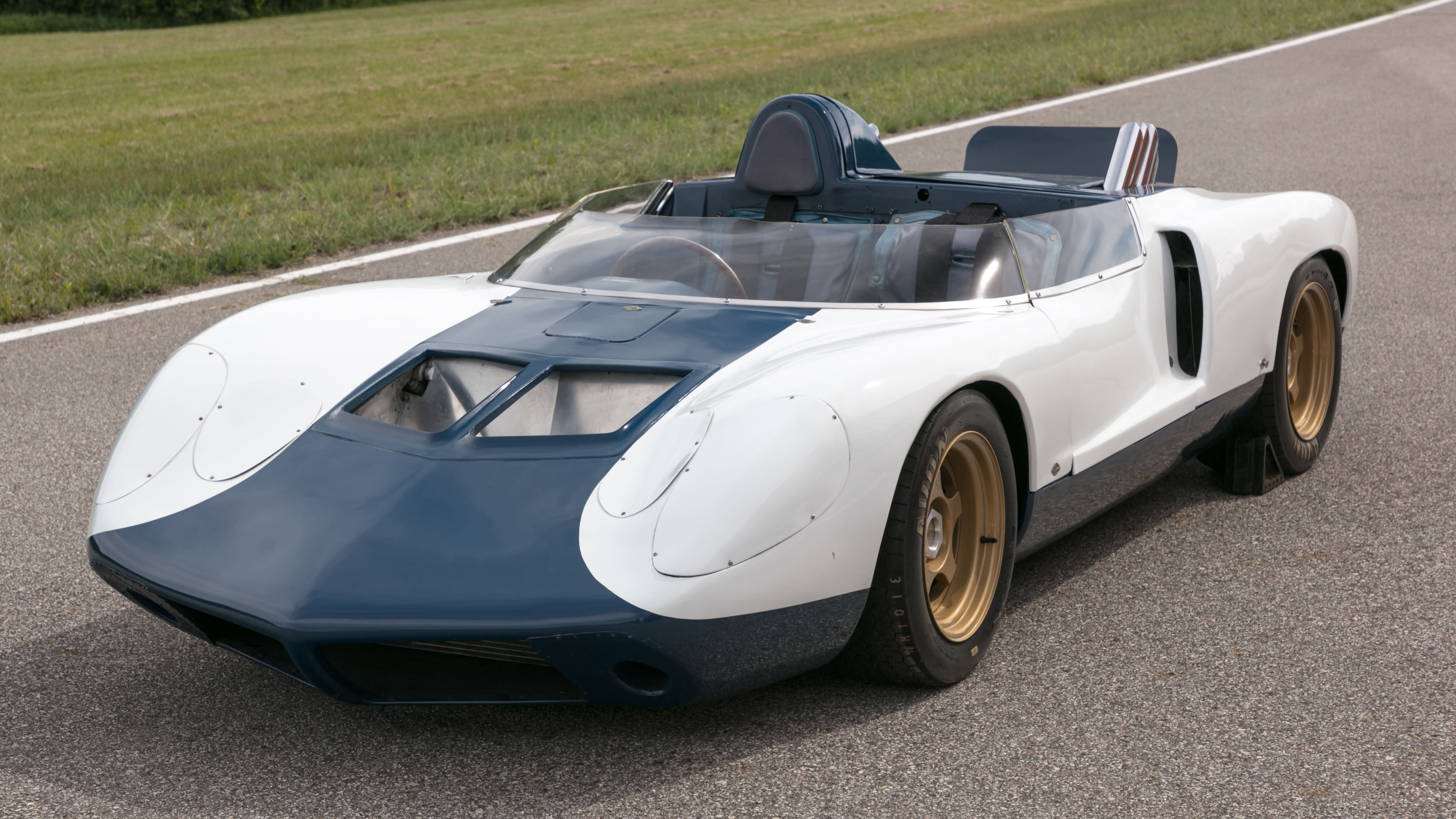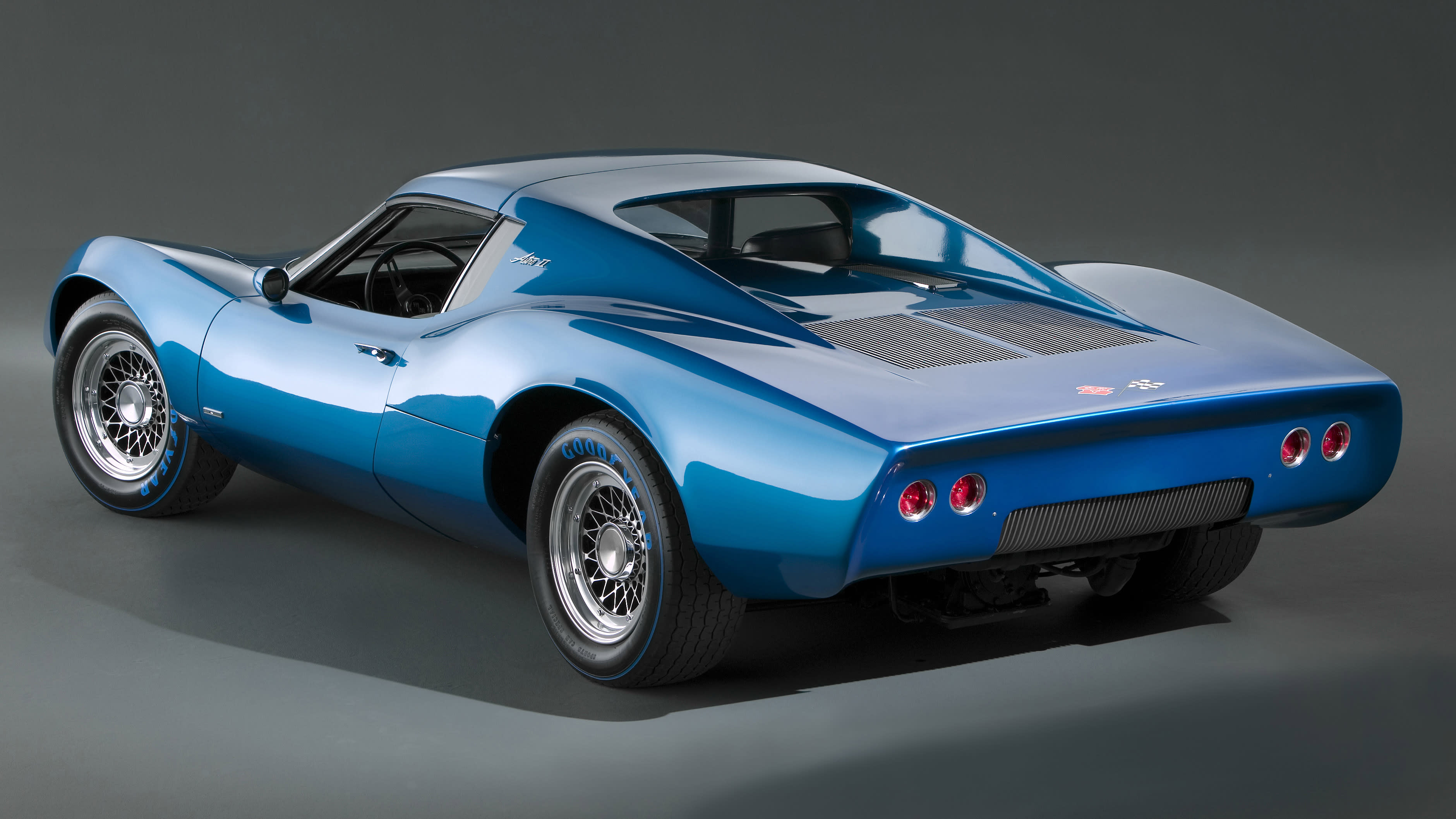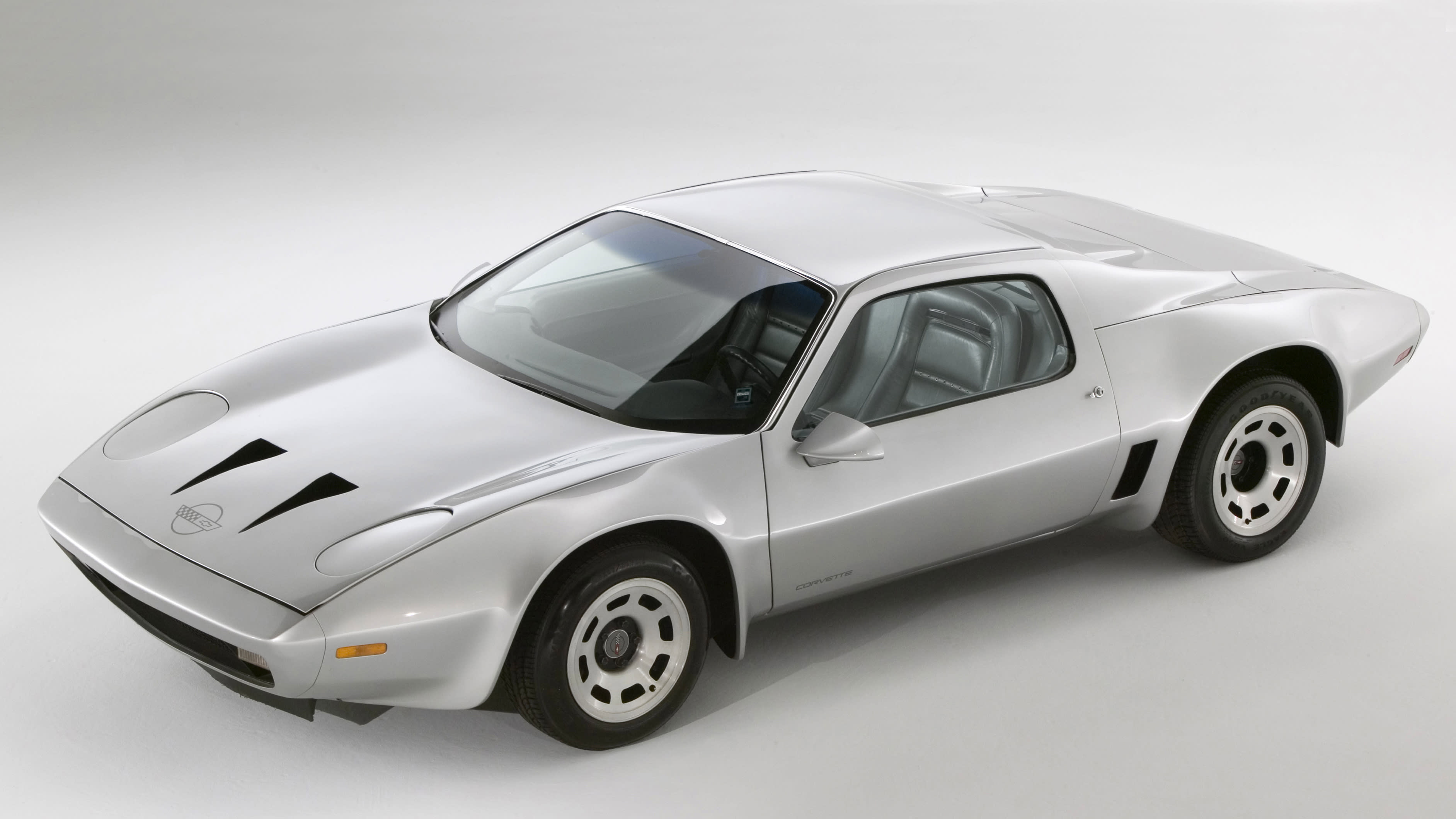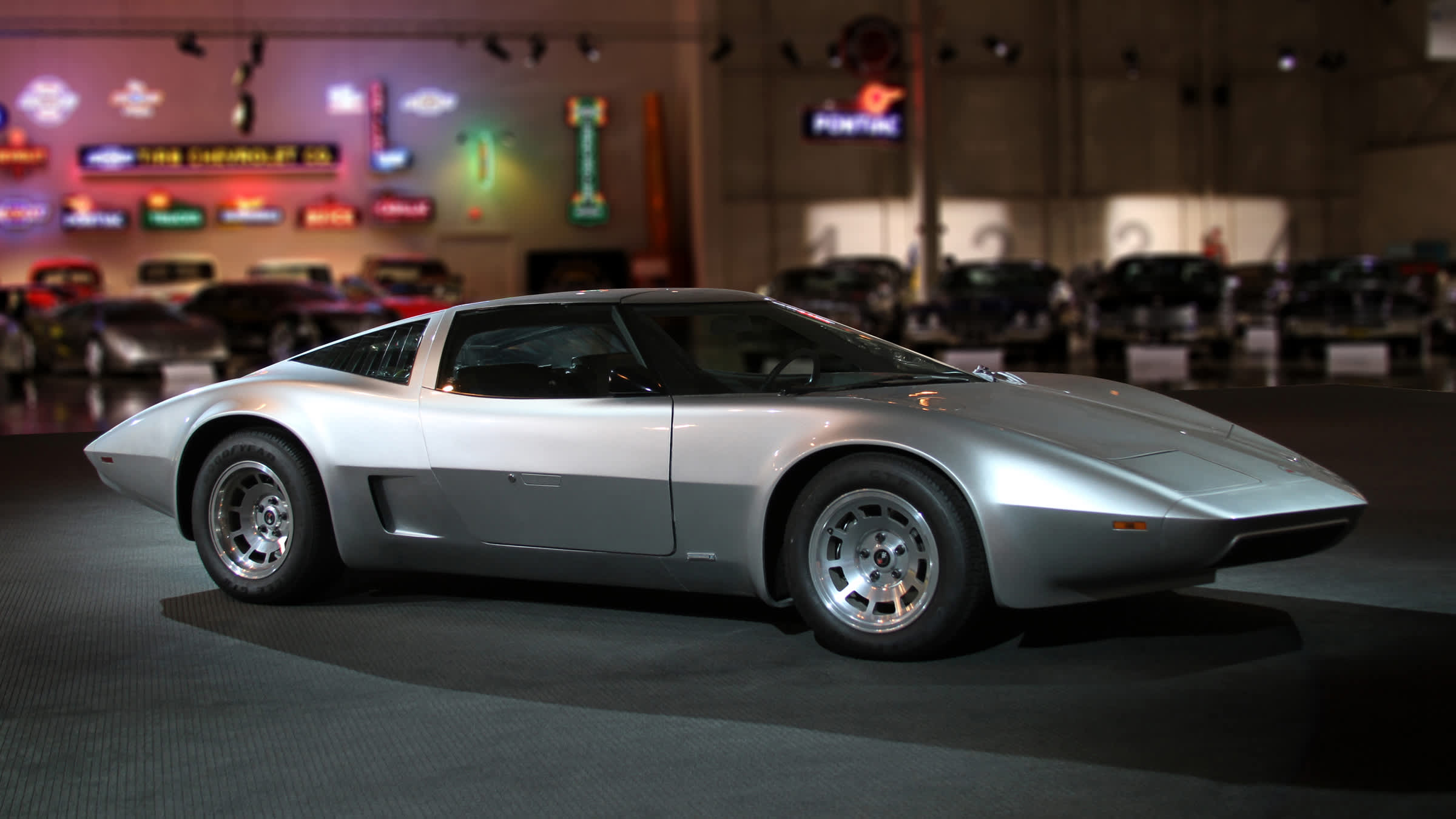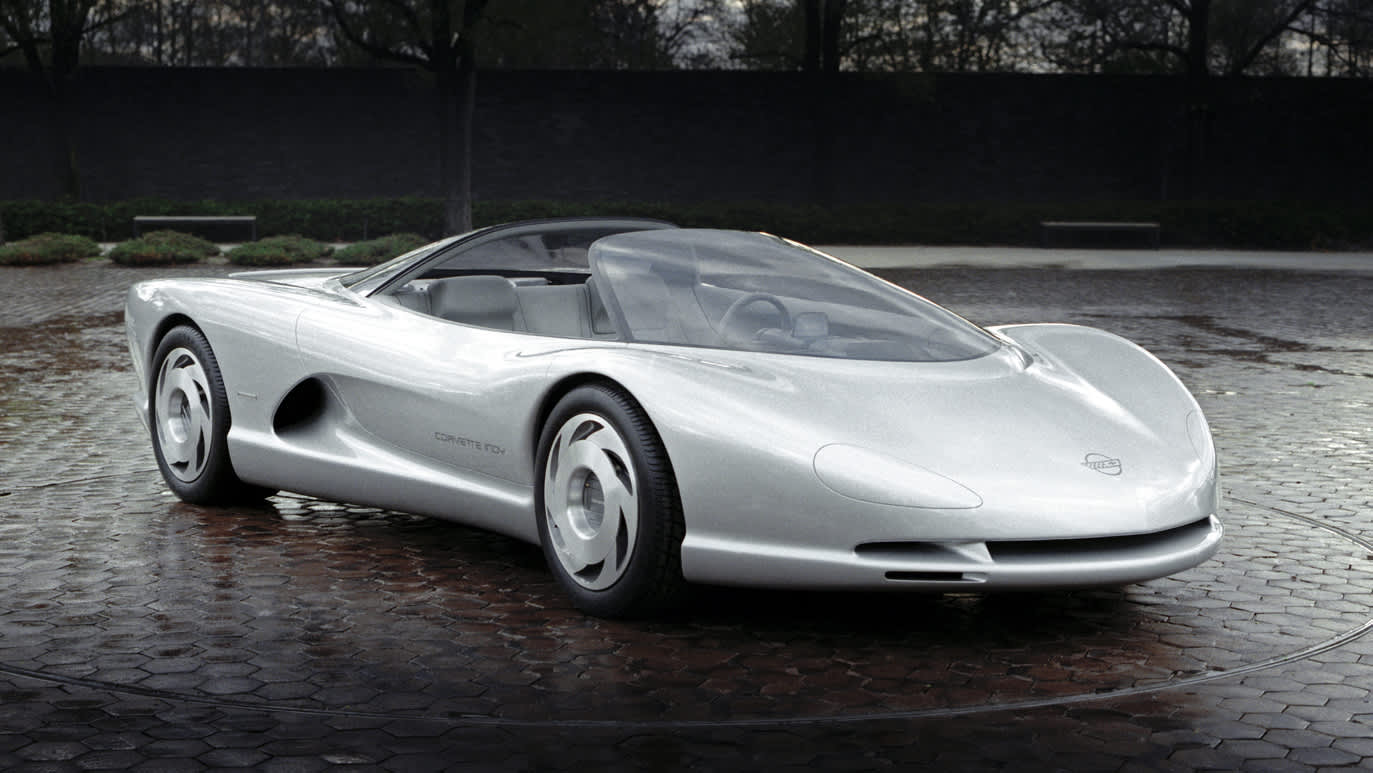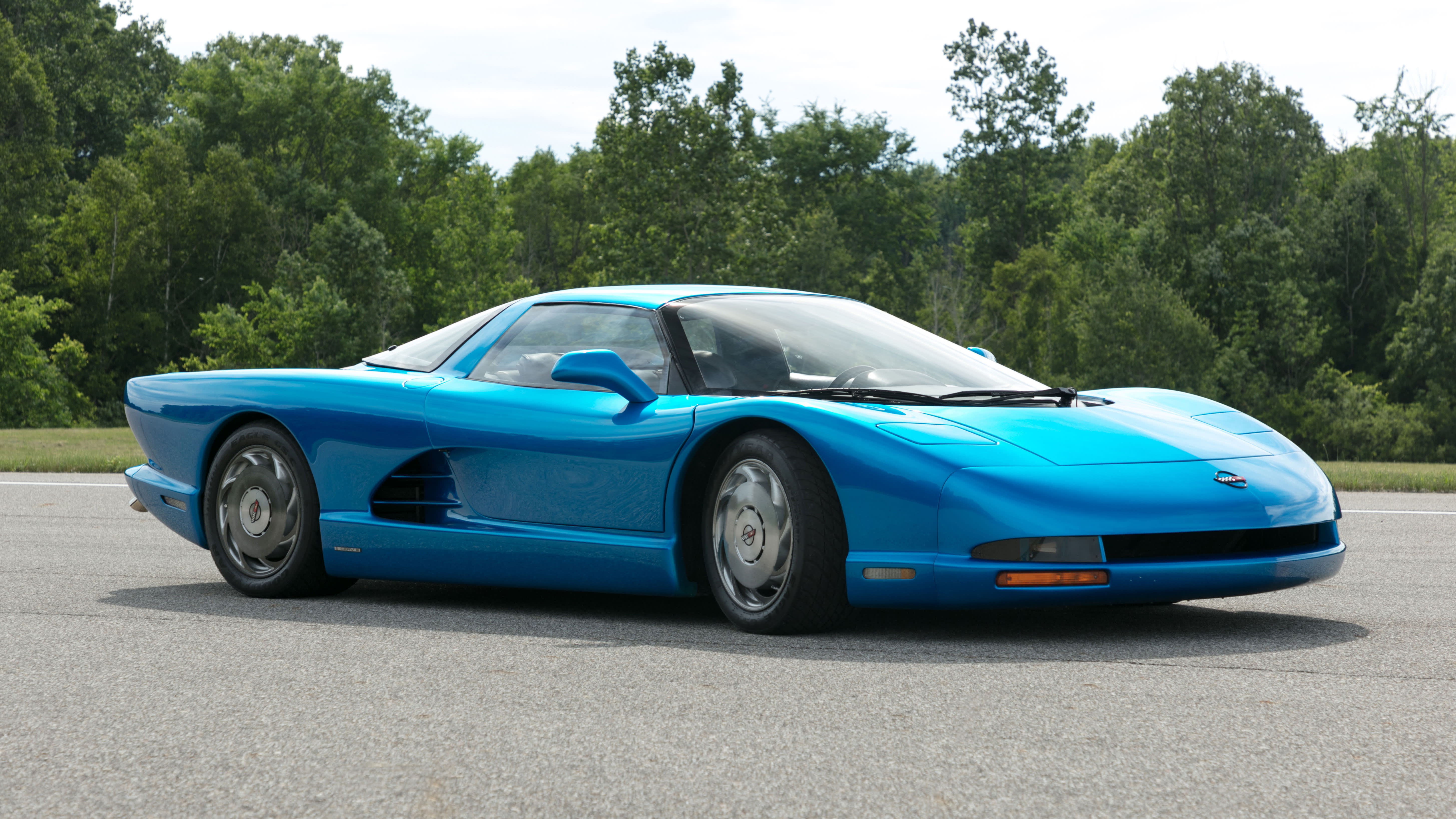Before the C8 Corvette, Chevy spent decades playing with mid-engine designs
https://ift.tt/30Lurhj
For a sports car that has been front-engine and rear-drive for over 60 years, it can seem a bit surprising that the C8 Chevy Corvette is switching to a mid-engine layout. But besides the potential performance benefits, Chevy has a long history of experimenting with high-performance mid-engine sports cars. With the help of archival photos and information from GM Heritage Center, we’re able to show you several of the cars that led to the new mid-engine Corvette.
CERV I
CERV I, the first part of which stands for Chevrolet Engineering Research Vehicle, is where Chevy’s mid-engine adventures began. It was shown in 1960 and was developed with Zora Arkus-Duntov at the helm, and according to Chevy, was really designed to learn about developing extremely high-performance cars that will experience high stresses and potentially unusual reactions compared with normal cars. It had thoroughly impressive performance thanks to a 350-horsepower all-aluminum fuel-injected 283-cubic inch V8 mounted in the middle. The whole car weighed only 1,600 pounds. Its top speed was a whopping 206 mph. Besides fiberglass bodywork, a V8 and a four-speed manual, there wasn’t much else shared with the Corvette. Suspension was fully independent with coil springs at all four corners, unlike the transverse-leaf layout that Corvettes new and old have used for the rear. It also featured inboard rear brakes, a quick-change rear differential for playing with different gear ratios, and dual fuel cells for ideal weight distribution.
CERV II
The follow-up to CERV I was CERV II in 1964. It lost the open-wheel race car design in favor of a more enclosed sports car body. At 1,848 pounds, it was also heavier than its predecessor. Some of that was probably due to the extra body work, and some of it was probably because of the drivetrain. Instead of the 283-cubic-inch V8, Chevy switched to a big 427-cubic-inch unit. And instead of rear drive, and unlike any Corvette, the CERV II had full-time all-wheel drive. This was made possible by having power sent out of both ends of the engine (a bit like in the Ferrari FF/GTC4 Lusso). Both ends got a two-speed Powerglide automatic to keep speeds roughly the same to both sets of wheels. Chevy noted that with a very short gear set, the car could hit 60 mph in just 2.8 seconds, though it would also only hit 115 mph. With a longer set of gears that allowed a top speed of over 200 mph, the CERV II could still hit 60 mph in a quick 4 seconds.
Astro II
The next major mid-engine concepts from Chevy were the Astro models. The second version of the Astro shown in 1968 was the closest to what could have been a Corvette, since the first model used an air-cooled single-overhead-cam six-cylinder engine. The Astro II, shown above, got a more Corvette-like water-cooled V8. It also had the most Corvette-like chassis, using the same suspension down to the transverse leaf-spring. Chevy highlighted that the car had plenty of cargo space thanks to keeping the radiator and coolant lines in the back of the car, freeing up the front for luggage. There was also a cargo area behind the passengers that was accessible by lifting the engine cover.
Reynolds Aluminum Chevy Corvette
In 1972, we saw a mid-engine concept that actually used the Corvette name. And of course it was powered by a V8 and rear drive. But unlike actual Corvettes, the whole car was built from aluminum with help from Reynolds Metals Company. It used a monocoque chassis, and Chevy noted that it was designed in such a way that it could easily be made from steel as well. As such, the aluminum panels were pretty thick, especially since only one alloy of aluminum was used, rather than using variations for different purposes. Apparently this was because automotive recyclers would be willing to pay more for a hypothetical production car made of one type of metal. Somehow, we doubt many Corvette buyers were really worried about whether they would get decent scrap money for their cars.
XP-882 and Aerovette
In the mid-’70s, General Motors began playing with rotary engines and rolled out the four-rotor XP-882 and the two-rotor XP-897 concepts. Both of which were sleek sports cars with mid-mounted engines. But GM quickly abandoned rotary engine development. The XP-882 got something of an update, though, in the form of the Aerovette, once again applying the Corvette name. The styling was tweaked and the rotary was switched out for a traditional V8, this one displacing 400 cubic inches and revving to an impressive 7,000-rpm redline. Interestingly, it featured a three-speed automatic transmission, and unlike the Astro II, it did stuff its cooling components up in the front. It also lost the Corvette’s transverse-leaf-spring rear suspension. It also had some wild show-car features such as folding gull-wing doors and digital instruments and radio displays.
Corvette Indy
The next big mid-engine Chevy concept came in 1986. It was called the Corvette Indy, and its name came from its engine. It used a tiny twin-turbocharged 2.65-liter double-overhead-cam four-valve-per-cylinder V8 taken from a period Indy racing car. It was extremely high-tech, as it also included all-wheel drive, four-wheel steering, ABS, traction control, an adaptive hydraulic suspension and even throttle-by-wire. The futuristic body was ultra-streamlined, and exterior mirrors were eschewed for a rear camera hooked up to a CRT screen. Two additional CRT screens provided engine information and navigation.
CERV III
We conclude our tour of mid-engine Chevy concepts with the CERV III. It was developed by Chevrolet-Pontiac-Canada, and it sounds very similar to the Corvette Indy. It’s mid-engined with a twin-turbo V8, ABS, traction control, four-wheel steering and adaptive suspension. But the engine wasn’t an Indy engine, rather a twin-cam 5.7-liter Corvette ZR1 engine, and it was mounted transversely. Total output was a whopping 650 horsepower and 655 pound-feet of torque. That engine was coupled to a three-speed automatic with a two-speed gearbox giving it effectively six gears. Chevy claimed it could hit 60 mph in 3.9 seconds on the way to a top speed of 225 mph. It also had a few high-tech tricks up its sleeve such as titanium springs and carbon brakes.
Chevy has of course had many other Corvette concepts, and GM has had the occasional car with unusual engine placement (i.e. Pontiac Fiero and Chevy Corvair), but the ones shared here highlight the company’s dream of a seriously high-performance mid-engine sports car. And now we get to see if those dreams have been properly realized in the C8 Corvette.
Auto Blog
via Autoblog https://ift.tt/1afPJWx
July 18, 2019 at 06:31PM

